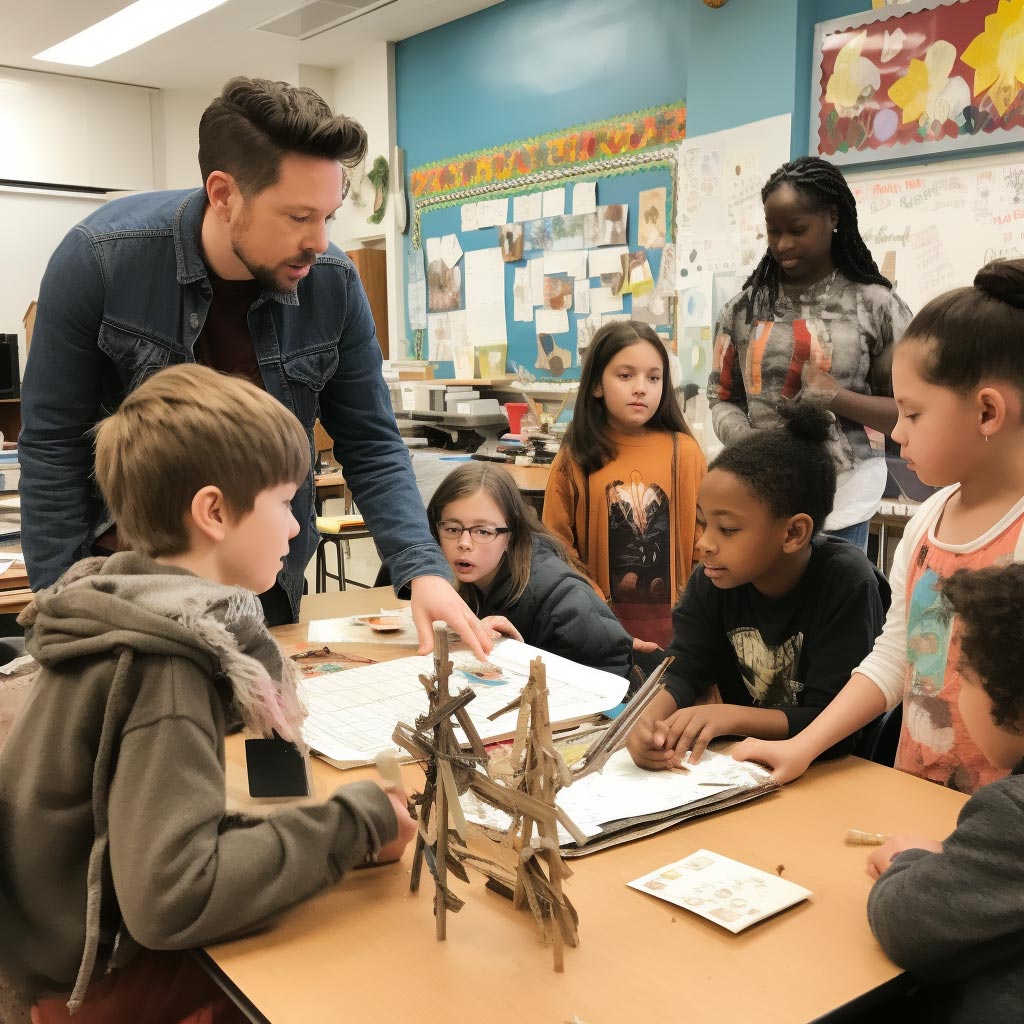Understanding Special Education’s Least Restrictive Environment

The phrase “Least Restrictive Environment,” or LRE, is a fundamental idea in the field of special education. It’s more than just a catchy slogan—it’s a philosophy that directs how teachers and educational institutions assist kids with impairments. The article will explore the meaning of LRE, its significance, and its application, illustrating the idea with two instances from actual life.
What is the Least Restrictive Environment?
A federal statute in the United States called the Individuals with Disabilities Education Act (IDEA) incorporates the idea of the Least Restrictive Environment. It stipulates that special education students must attend classes in the least restrictive environments feasible. This means that students should interact as much as possible in a setting that is as similar to a regular classroom as possible with peers who do not have disabilities.
Why is this relevant? Consider yourself a learner who has a learning disability. You might feel isolated or different if you’re always separated from your classmates. The LRE concept makes sure that students with disabilities can engage as much as possible in regular classroom activities and are not placed in unnecessary segregation.
The Act of Balancing
Putting LRE into practice requires balance. It all comes down to creating the ideal atmosphere for a student with a disability to thrive both academically and socially. This does not imply that all disabled students are always enrolled in general education classes. Rather, the choice is tailored to the specific requirements of the learner.
Teachers take into account a number of things, such as the type and degree of the student’s impairment, the influence that the student may have on other pupils, and how well the student learns in various environments. The goal is to provide support without creating unnecessary barriers to learning alongside peers.
Example 1: The Story of Emily
Let’s look at an illustration. Emily has a minor case of autism and is a third-grader. She finds it difficult to engage with others and occasionally feels overwhelmed at large gatherings. But Emily is also a gifted student who does particularly well in reading and math.
In Emily’s situation, the LRE may entail her spending the majority of the day with her peers in a general education classroom. She also gets extra aid from a teaching assistant who assists her with social skills and a quiet area where she can retreat when she feels overburdened. With this arrangement, Emily may take advantage of the broad curriculum while still getting the customized help she needs.
Example 2: The Journey of Alex
Let’s now examine Alex, a student in high school who has more severe learning problems. Alex needs more intense support because he finds it difficult to keep up with the normal curriculum. For him, the LRE might be a specialized program within the school that focuses on life skills and basic academics, supplemented with periods in the general education setting for subjects like art, physical education, and music.
In Alex’s case, the specialized program provides the intensive support he needs, but he still has opportunities to interact and learn with his peers in the general education setting. This combination encourages inclusiveness while honoring Alex’s need for specialized education.
The Function of IEP Groups
Teams working on Individualized Education Programs (IEPs) make decisions on LRE. These teams, which include educators, parents, and sometimes the student, work together to determine the most appropriate setting for learning. To make sure the plan still fits the student’s changing needs, the IEP team reviews and modifies it on a regular basis.
Obstacles and Things to Think About
There are difficulties in putting LRE into practice. Schools require employees and resources to help students with a variety of learning needs. To successfully integrate children with impairments into their classes, teachers must receive training. And there can be a fine line between providing necessary support and unnecessarily removing students from the general education environment.
In summary
There is more to the idea of the Least Restrictive Environment than merely where something is located. It’s about making sure that every student has access to the greatest education possible, appreciating diversity, and encouraging inclusion. Schools may foster an environment where all students, regardless of ability, can learn and develop together by comprehending and putting into practice LRE.
The narratives of Emily and Alex demonstrate how diverse LRE can be for every student, but the ultimate objective is always the same: to offer a learning environment that is as inclusive and stimulating as possible. The LRE concept is still a lighthouse, pointing the way toward a more compassionate and inclusive approach to education as we advance in the field of special education.
